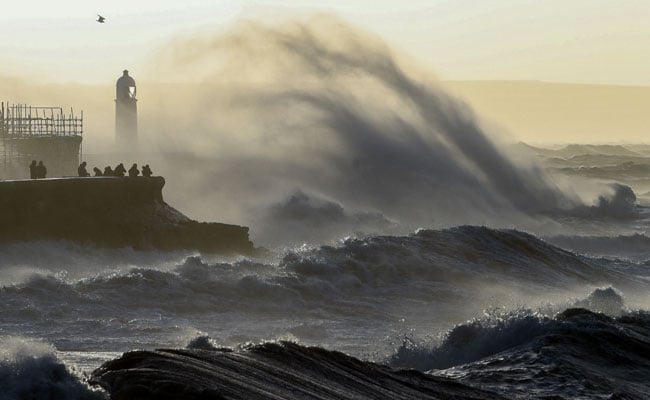
Thirteen people were killed by falling trees, flying debris and high winds in Britain, Ireland, the Netherlands, Belgium, Germany and Poland as Storm Eunice carved a deadly trail across Western Europe.
Here are the latest updates on devastation caused by Eunice:
More than 200,000 British homes are still without power and emergency services are battling to restore it, according to news agency Reuters.
A body representing electricity networks in the United Kingdom (UK) told Reuters on Saturday that Eunice knocked over 1 million households off the grid.
The fierce Atlantic storm brought record winds of up to 122 miles per hour (196 kph) to Britain, causing widespread disruption.
Transport networks are in disarray. Train operators in Britain are urging people not to travel.
The train network in the Netherlands has also been paralysed, with no Eurostar and Thalys international services running from Britain and France after damage to overhead power lines.
France is also grappling with rail disruption, and about 75,000 households are without power.
Eunice was one of the most powerful tempests since the "Great Storm" hit Britain and northern France in 1987, sparking the first-ever "red" weather warning for London.
The Met Office, Britain's meteorological service, issued a less-severe "yellow" wind warning for much of the south coast of England and South Wales on Saturday, which it said "could hamper recovery efforts from Storm Eunice".
Scientists said both the 1987 storm and Eunice packed a "sting jet", a rarely seen meteorological phenomenon borne out of an unusual confluence of pressure systems in the Atlantic that magnified the effects on Friday.
Nearly 1 million homes had lost power in November when another powerful storm Arwen hit northeast England.

